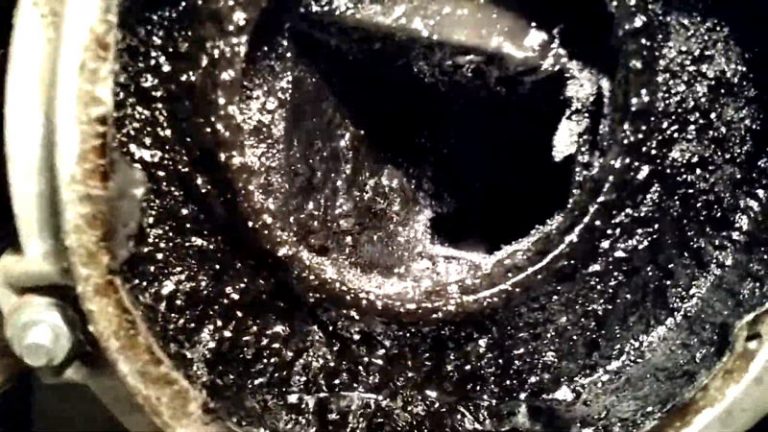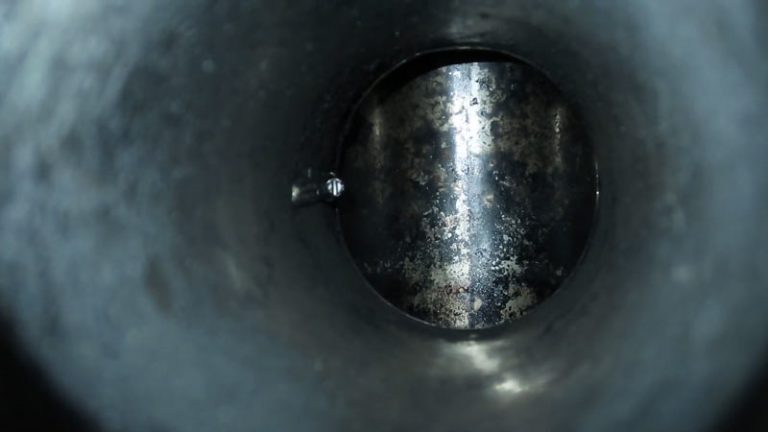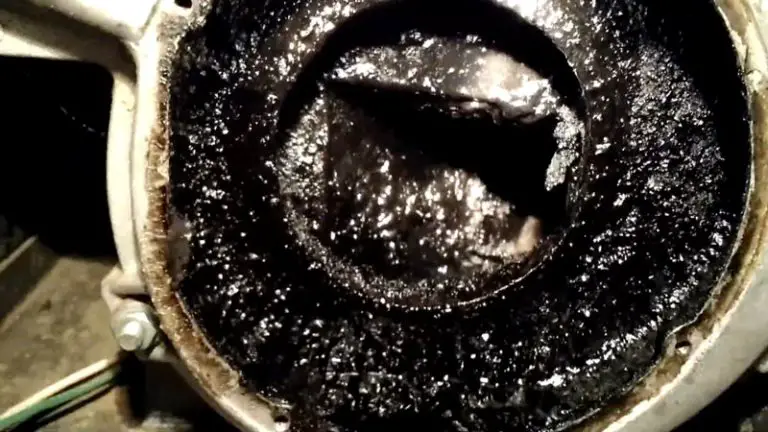Why Do Duraflame Logs Smell? [And How to Remove Smell?]

Duraflame logs are a popular choice for those looking for an easy and convenient way to start a fire. Made from a blend of sawdust, wax, and unique fibers, duraflame logs are designed to burn slowly and evenly, producing a long-lasting, consistent heat.
However, one common issue that some people experience when using duraflame logs is the distinctive smell that they can produce.
Duraflame logs are made from a blend of sawdust, wax, and unique fibers, and it is the wax that is primarily responsible for the distinctive smell that these logs can produce. When the logs are lit and the wax begins to melt, it can release its scent into the air. This may be more noticeable when the logs are first lit, as the heat of the fire causes the wax to melt and release its scent more rapidly.
If you have noticed a strong, waxy smell after using duraflame logs, you may be wondering what is causing this smell and how you can eliminate it.
In this article, we will explore the causes of the smell of duraflame logs and provide some tips for removing the smell from your home.
You'll Learn About
Ingredients in Duraflame Logs
Duraflame logs are made from a blend of sawdust, wax, and unique fibers. The sawdust and fibers provide the base material for the log, while the wax helps to bind everything together and gives the log its shape.
Saw Dust
The sawdust used in duraflame logs is typically made from processed wood products, such as recycled lumber or mill scraps. It is a byproduct of the wood manufacturing process, and it is abundant and inexpensive, making it a cost-effective choice for use in duraflame logs. The sawdust is ground into small particles and mixed with the other ingredients to form the log.
Fibers
The unique fibers used in duraflame logs are also made from processed wood or paper products. They are designed to burn slowly and evenly, producing long-lasting, consistent heat. The fibers are mixed with the sawdust to create the base material for the log.
Wax
Finally, wax is added to the mixture to help bind everything together and give the log its shape. Different types of wax may be used in the manufacture of duraflame logs, including paraffin wax, soy wax, and beeswax. The wax helps to hold the log together and allows it to burn more slowly and evenly, producing consistent heat over an extended period of time.
In addition to the wax, duraflame logs may also include a variety of additives and scents to enhance their appearance or burn characteristics, and these can contribute to the overall smell of the logs when they are burned. Finally, the conditions under which the logs are burned, such as the type of fireplace or wood stove, can also affect the smell of the logs.
Role of Wax in the Smell of Duraflame Logs
Wax is a key ingredient in duraflame logs, and it plays a number of important roles in their manufacture and use. In addition to its binding and shaping properties, wax can also contribute to the smell of duraflame logs.
Wax is a natural substance that is derived from a variety of sources, including plants, animals, and minerals. It is made up of a complex mixture of hydrocarbons and other chemical compounds, and it has a range of properties that make it useful in a variety of applications. When wax is heated, it can produce a variety of scents, depending on the specific type of wax and the temperature at which it is heated.
In the case of duraflame logs, the wax used in their manufacture can contribute to the overall smell of the logs. When the logs are lit and the wax begins to melt, it can release its scent into the air. This may be more noticeable when the logs are first lit, as the heat of the fire causes the wax to melt and release its scent more rapidly.
Overall, the smell of duraflame logs will depend on the specific type of wax used in their manufacture, as well as the other ingredients and additives included in the logs. The conditions under which the logs are burned, such as the type of fireplace or wood stove, can also affect the smell of the logs.
Other Factors That Can Affect the Smell
In addition to the ingredients and wax used in their manufacture, duraflame logs may also include a variety of additives and scents to enhance their appearance or burn characteristics. These additives and scents can contribute to the overall smell of the logs when they are burned.
For example, duraflame logs may be infused with scents such as pine, cedar, or other woodsy fragrances to enhance their appeal and create a more pleasant atmosphere. These scents can be released into the air as the logs burn, contributing to the overall smell of the logs.
In addition to the additives and scents included in the logs themselves, the conditions under which the logs are burned can also affect their smell. For example, burning duraflame logs in a poorly ventilated space or using them in a wood stove or fireplace with a dirty chimney can contribute to the overall smell of the logs. In these cases, the smell of the logs may be more noticeable and may be less pleasant.
Overall, the smell of duraflame logs will depend on a combination of factors, including the ingredients and additives used in their manufacture, the conditions under which they are burned, and the type of fireplace or wood stove in which they are used.
Step by Step Guide to Remove the Smell
If you are trying to remove the smell of duraflame logs from your home, here is a step-by-step guide that may help:
- Ventilate the space: Open windows and doors to allow fresh air to circulate and help dissipate the smell. You may also want to turn on fans or use an air purifier to help circulate the air.
- Clean the fireplace or wood stove: If you have been using duraflame logs in a fireplace or wood stove, it is important to clean out any ash or debris that may be present. This will help to remove any lingering smells and ensure that the fireplace or stove is ready for use again.
- Use odor-eliminating products: There are a variety of products on the market that are specifically designed to eliminate odors. These products, which may be available in sprays or candles, can be used to neutralize the smell of duraflame logs and other unpleasant odors.
- Use natural odor-eliminating methods: In addition to commercial products, there are also a number of natural methods that can help to eliminate odors. For example, you can try using white vinegar, baking soda, or lemon juice to absorb and neutralize odors.
- Keep the space well-ventilated: Even after the initial smell of the duraflame logs has dissipated, it is important to continue to ventilate the space to help prevent any future odors from building up. This may involve keeping windows and doors open, using fans or air purifiers, and taking other steps to ensure that the air in the space is fresh and circulating.
Overall, the key to eliminating the smell of duraflame logs is to ventilate the space and use a combination of cleaning, odor-eliminating products, and natural methods to remove any lingering odors. By following these steps, you can help to keep your home fresh and smelling clean, even if you have been using duraflame logs to heat your home.
Causes and Tips for Eliminating the Smell
| Cause of Smell | Tips for Elimination |
|---|---|
| Wax used in manufacture of duraflame logs | Ventilate the space, use odor-eliminating products, try natural odor-eliminating methods |
| Additives or scents included in duraflame logs | Use odor-eliminating products, try natural odor-eliminating methods |
| Poorly ventilated space or dirty fireplace/wood stove | Ventilate the space, clean the fireplace/wood stove |
Final Words
Duraflame logs are a popular choice for those looking for an easy and convenient way to start a fire. However, some people may notice a strong, waxy smell after using duraflame logs, which can be caused by a variety of factors, including the wax used in their manufacture, any additives or scents included in the logs, and the conditions under which they are burned.
Duraflame logs are a convenient alternative to traditional firewood, but they can sometimes emit a noticeable odor. This smell often comes from the paraffin wax or other binding materials used in their production. If the scent bothers you, try burning the logs in a well-ventilated area or using an air purifier to neutralize the odor.
Interestingly, the creosote bush, a plant known for its distinct smell, shares some similarities with the materials used in Duraflame logs. Learning about what type of plant the creosote bush is can provide insights into natural odors. Additionally, if you’re a fan of smoked meats, understanding how to avoid creosote when smoking meat can help you manage unwanted smells in other areas of your home. For more tips, explore what’s inside a creosote sweeping log.





